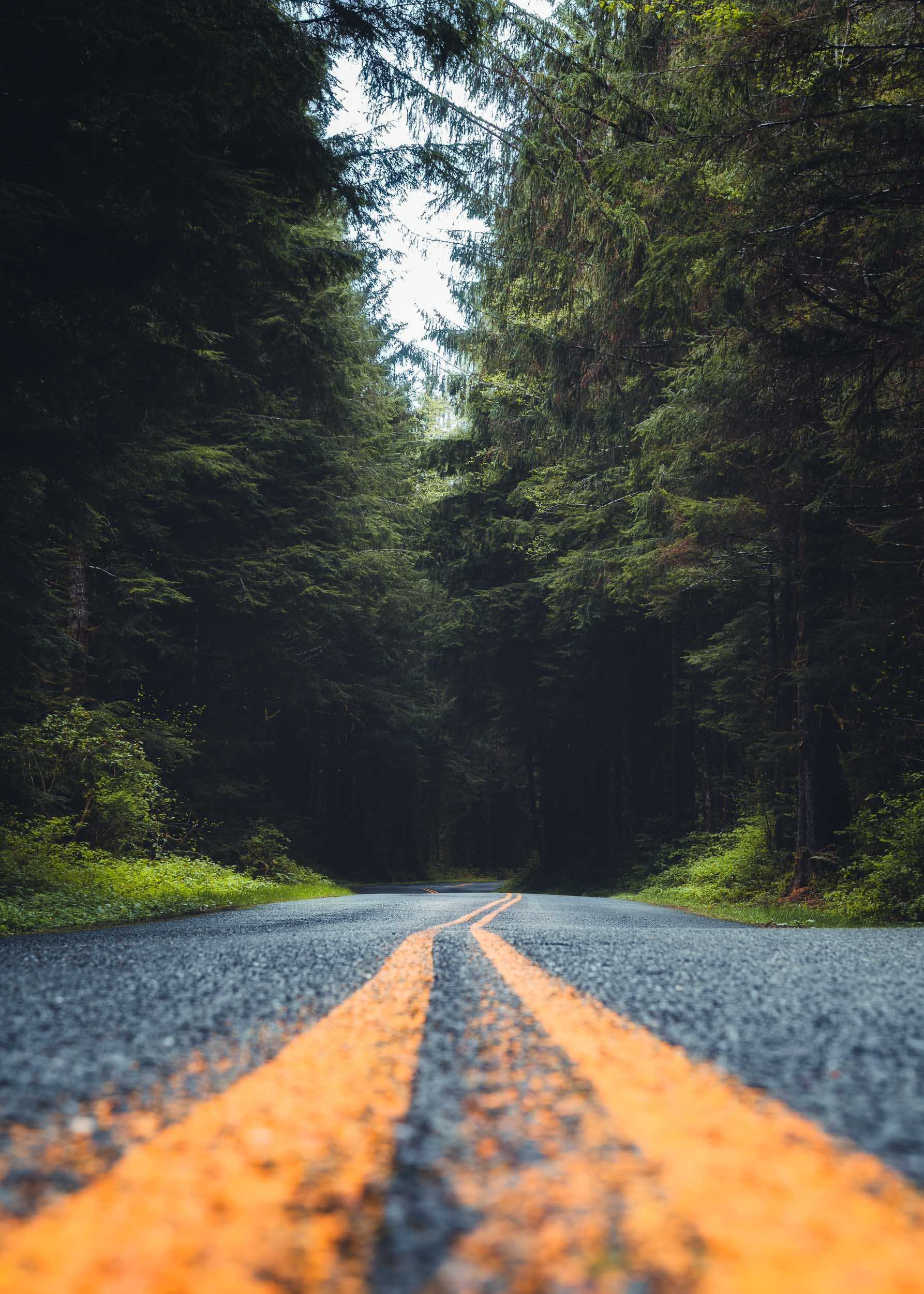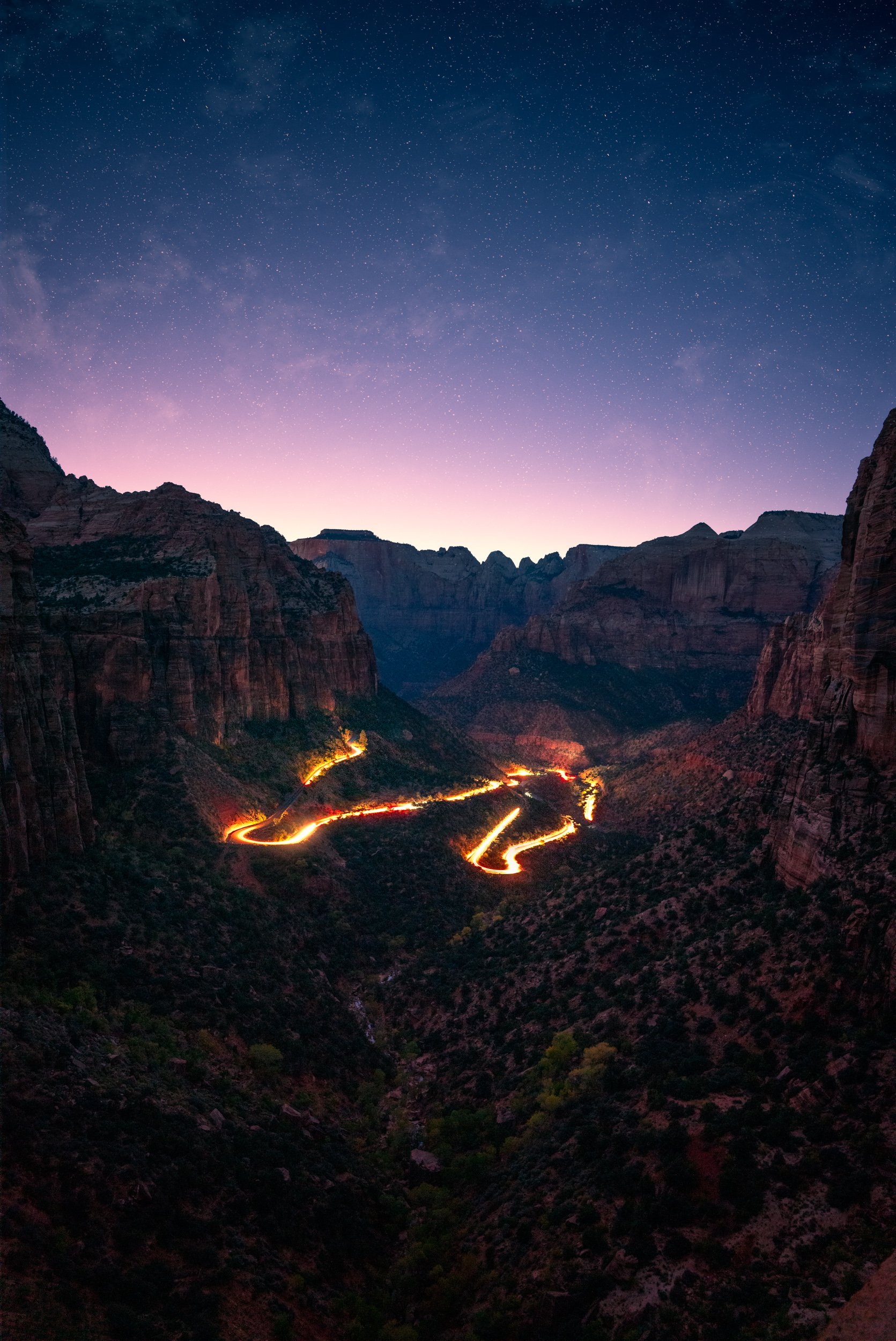The Best Photography Advice I Ever Ignored
The Rules, the Gear, and the Growing Pains
I still remember the first time someone told me to never shoot above ISO 800. “It’ll ruin your photos,” they said, like it was some kind of sacred law. I nodded, tucked that wisdom away, and spent the next year terrified to touch that dial, even when the Milky Way was blazing overhead and the light was long gone. The results? Soft, underexposed, uninspired images… and a lot of frustration.
If you’ve been around photography long enough, you’ve heard all kinds of “must-follow” advice, rules about composition, the ideal camera settings, and why you need the latest gear. But here’s the thing: some of the best breakthroughs I’ve had came after ignoring those rules entirely.
In this post, I want to talk about three common pieces of advice I ignored, and how doing so ultimately made me a better photographer. Whether you’re just starting out or have years behind the lens, I think you’ll see yourself somewhere in here.
1 - The “Rules” That Got In My Way
The Problem with Always Following the Rules
Let’s talk about the infamous Rule of Thirds. You know it. You’ve used it. You’ve probably composed hundreds of shots with your subject obediently sitting on one of those little imaginary intersections. And don’t get me wrong, it’s a great starting point. But for me, it became a crutch.
I spent so much time making sure everything was correct that I forgot to ask if it felt right. I remember shooting a stunning reflection scene at Glacier National Park, and I didn’t center it because… well, rules. I cropped it to fit the thirds. You can guess how flat it felt.
Mistakes I Made (So You Don’t Have To)
I treated composition rules as gospel, instead of guidelines.
I ignored symmetry, even when the scene begged for it.
I avoided high ISO out of fear, rather than adapting to the moment.
How I Broke the Rules (and Why You Should Too)
Use the rule of thirds to explore, but break it to evoke.
Try centering, negative space, or off-balance compositions for drama.
Use your histogram and your eyes, not just what YouTube says.
📎 Related Reading: Learn how I use metering modes and histograms to get the right exposure — not just the “safe” one.
2 - The Gear I Thought I Needed (But Didn’t)
The Truth About the Gear Trap
When I first got into photography, I spent way too much time obsessing over specs. I genuinely believed my images would improve if I just had that f/2.8 lens or the full-frame body. Spoiler: they didn’t. At least, not until I figured out how to really use what I already had.
This mindset is everywhere. Forums, YouTube, even camera stores all pushing the next “must-have.” I remember borrowing a friend’s $3,000 lens thinking it would blow my kit lens out of the water. And yeah, it was nice, but the photo was still boring because I hadn’t done the work.
What I Learned Instead
A camera is only as good as the person using it.
I wasn’t limited by gear, I was limited by my understanding of light and composition.
The best images I’ve ever made came from mastery, not megapixels.
What You Can Do Right Now
Rent gear before you buy (and save yourself thousands).
Pick one lens and learn everything about it, its strengths, flaws, quirks.
Don’t upgrade until you’ve truly outgrown your current kit.
🔗 External Read: Mark Denney’s “Proven Advice Most Photographers Ignore” is a great reflection on this very trap.
3 - The Practice I Put Off Too Long
You Can’t Learn to Shoot by Watching Videos
Here’s the tough one: I spent a ridiculous amount of time learning, and not nearly enough doing. I watched every tutorial. I read every guide. But when I got out into the field, everything felt foreign. Settings weren’t muscle memory. Composing was a struggle. I’d forgotten how to just… see.
One of the biggest shifts happened during a solo trip to the Oregon coast. No tutorials. No internet. Just me, my camera, and the sound of the surf. I learned more in those few days by making mistakes, by experimenting, than I had in months of studying.
What Held Me Back
I told myself I wasn’t “ready.”
I waited for perfect weather or the “right” conditions.
I avoided failure and missed all the lessons that come with it.
How to Build Real Experience
Set simple goals: “Today, I’m going to master back-button focus.”
Embrace failure. It’s feedback, not failure.
Get out in all conditions, overcast skies, harsh light, wind, bugs, it’s all part of the story.
💬 Question for You: What’s one thing you learned the hard way in photography? Drop it in the comments, I’d love to hear your story.
📎 Explore More: My workshops are built around doing, not just watching. If you’re ready to level up, check out the latest dates here.
Why Ignoring the “Right” Advice Was the Right Move
If there’s one thing I’ve learned after years behind the camera, it’s this, photography is personal. It’s not about following every rule or owning the best gear. It’s about experimenting, adapting, and developing your own voice.
The advice I ignored? It wasn’t bad. It just wasn’t mine yet. It took time, trial and error, and a whole lot of practice to understand what worked for me, and what didn’t.
So here’s your permission slip: Break the rules. Shoot with what you’ve got. Go out before you feel ready. That’s where the growth is. That’s where the good stuff happens.
What non-gear practices have helped you grow as a photographer?
I’d love to hear your take! Drop a comment on the blog, tag me on social media or shoot me an email and let’s keep the conversation going.
If this post resonated with you, consider sharing it with a friend and subscribing to the newsletter for more personal stories, workshop updates, and behind-the-scenes tips.
🔄 Want to Help Someone Skip a Few of These Mistakes?
If this post hit home, share it with a fellow photographer who needs to hear it. You never know who might be stuck waiting on perfect gear or perfect conditions.
And if you’d like more behind-the-scenes stories, practical tips, and first dibs on upcoming workshops, sign up for my newsletter. I’ll even throw in a free astro photography guide to get you started.
FAQs
Q: Do I really need to follow the Rule of Thirds every time I compose a photo?
Not at all. The Rule of Thirds is a great starting point, but it’s not a rule you must always obey. Some of the most powerful images break this “rule” entirely by embracing symmetry, negative space, or central framing.
Q: Is high ISO always bad for image quality?
No. While higher ISOs can introduce noise, modern cameras handle it far better than they used to. For night photography or astrophotography, a high ISO is often necessary, and worth it to get a clean, properly exposed shot.
Q: Can I take great photos with entry-level gear?
Absolutely. Strong composition, light awareness, and post-processing skill will always matter more than gear. Many iconic photos have been made with basic setups, it’s about how you use it.
Q: What’s the biggest mistake beginner photographers make?
Overthinking. Many beginners focus too much on rules, settings, and gear, and not enough on practice. Getting out and shooting regularly, even in imperfect conditions, is the best way to grow.
Q: How do I know when it’s time to upgrade my gear?
When you’re consistently running into technical limitations that hold you back creatively. If you’re making great images but feel your current gear is the bottleneck, then it might be time, but not before.
Q: How much post-processing is too much?
It depends on your style and goals, but a common sign you’ve gone too far is when the image looks artificial or the details start to break down. Subtle adjustments that support the story or feeling usually work best.
Q: I’ve watched hundreds of tutorials but still don’t feel confident. What should I do?
Start shooting more. Set small, focused goals for each session. Tutorials are helpful, but there’s no substitute for real-world experience and making your own mistakes.





